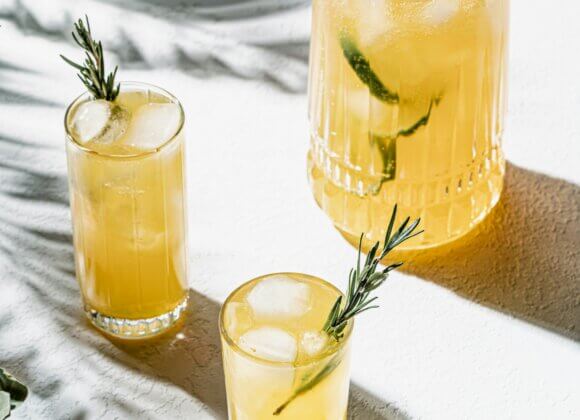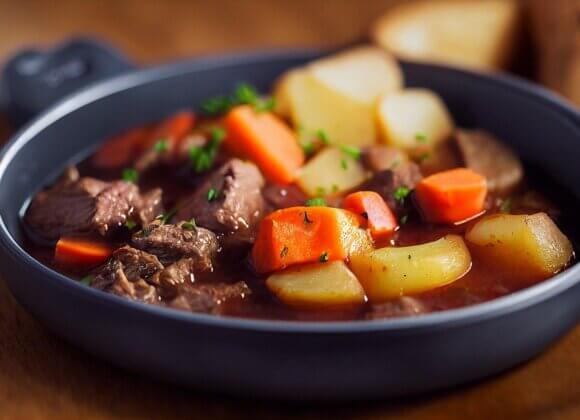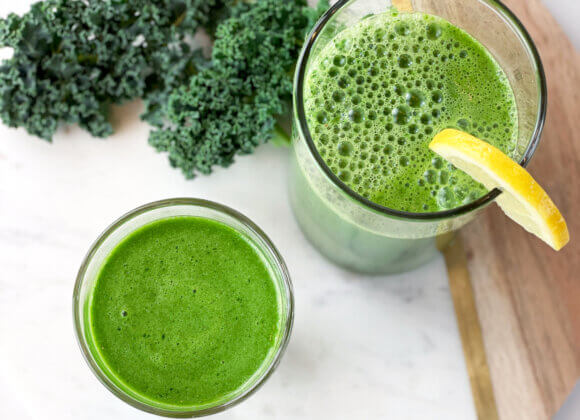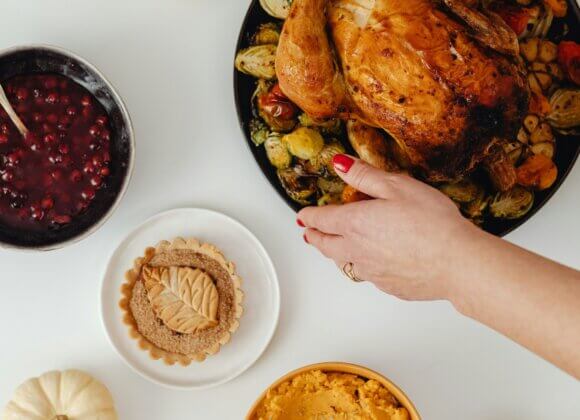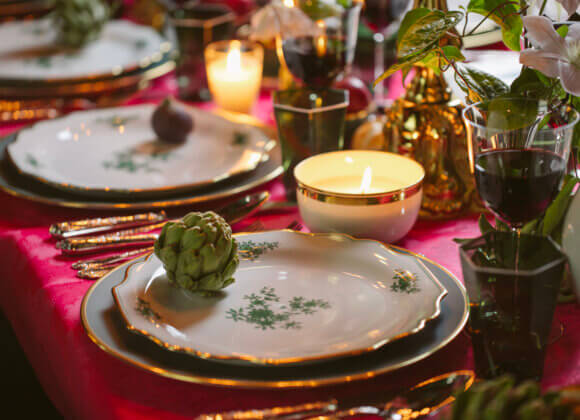Preserving is one of the oldest methods of preserving the taste of a season. What used to be a necessity is now a mixture of culinary delights, sustainability and enjoyment. With aromatic chutneys, fruity jams and fine compotes, you not only bring the flavors of the season into the jar, but also a piece of living tradition.
Centuries ago, people were already looking for ways to preserve fruit. Long before refrigerators and freezers came into use, fruit was boiled down, preserved in honey or dried. The method of preserving – i.e. heating food in airtight jars – became widespread in the 19th century thanks to the preservation idea of the Frenchman Nicolas Appert.
In Central Europe, preserving has been a mainstay of food storage since the imperial era at the latest. Today it is experiencing a renaissance – as a sustainable alternative to industrially processed products and as a way of making the most of regional harvests.
When do you boil in?
Preserving in the fall is particularly popular, as apples, pears and pumpkins are now in high season. The basic rule is to preserve fruit or vegetables when they are fully ripe, aromatic and available in large quantities. This is the best way to preserve the taste, color and valuable ingredients.
- Summer: berries, cherries, apricots, early peaches
- Late summer: plums, tomatoes, peppers, first apples
- Autumn: late apples, pears, quinces, pumpkin, root vegetables
- Winter: Citrus fruits for jams or syrups
What is good for preserving – and what is less suitable?
Ideal for preserving:
- Firm fruit with a low water content (apples, pears, quinces)
- Stone fruit (apricots, plums, peaches)
- Berries with sufficient acidity (currants, raspberries)
- Vegetables such as tomatoes, peppers, zucchinis, pumpkin
Less suitable:
- Very watery fruits such as watermelon, as they lose their structure when canned
- Overripe fruit with little flavor of its own
The right time for preserving at a glance
In June and July, strawberries, raspberries and apricots are ideal candidates. Plums, peaches and the first apples follow from August, while pears, late apple varieties and pumpkins dominate in September and October. Quinces and root vegetables provide aromatic jars well into the winter.
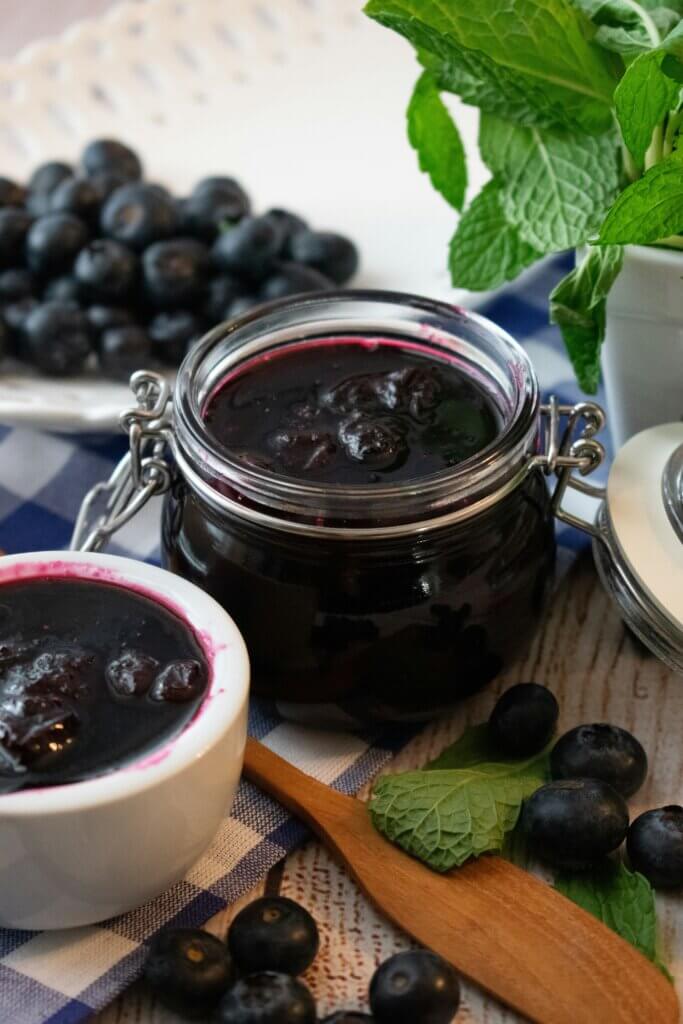
Sugar – more important than you think
When preserving, sugar is not only a sweetener, but also a natural preservative. It removes water from microorganisms and thus extends the shelf life.
- White granulated sugar: Neutral in taste, ideal for pear compote. Guide value: approx. 80-120 g of sugar per 1 kg of fruit – depending on the desired sweetness.
- Brown sugar: With a caramel note – perfect for apple chutney. For chutneys, usually 150-200 g of sugar per 1 kg of fruit, as vinegar and spices are balanced here.
- Gelling sugar: Practical for jams, not absolutely necessary for compote or chutney. Dosage depends on the product (usually 500 g per 1 kg of fruit).
- Honey: Aromatic, should only be added at the end to preserve valuable ingredients. As a substitute: 80-100 g of honey per 1 kg of fruit.
Tip: If you want to reduce the sugar content, store the preserves in a cool, dark place and consume them within 3-6 months.
Health aspect of preserving
Preserved fruit provides fiber, minerals and secondary plant substances. Although heat-sensitive vitamins such as vitamin C are partially lost, the high degree of ripeness of the processed fruit compensates for this to some extent. If you reduce sugar when preserving or replace it with honey, you have a healthier product – and know exactly what is in the jar.
Speaking of jars, here are two recipes that are perfect for the season:
Pear compote – classic and aromatic
Ingredients for approx. 4 glasses (250 ml each):
- 1.5 kg firm pears (e.g. Williams, Conference)
- 150 g sugar (white or brown)
- 500 ml water
- Juice of half a lemon
- 1 vanilla pod
Preparation:
Peel the pears, quarter, core and cut into wedges. Bring the water to the boil with the sugar, lemon juice and vanilla pod. Add the pears and leave to infuse for 5-7 minutes until they are soft but still firm to the bite. Pour hot into sterilized jars, seal and boil at 90 °C for 30 minutes.
Apple chutney – spicy and versatile
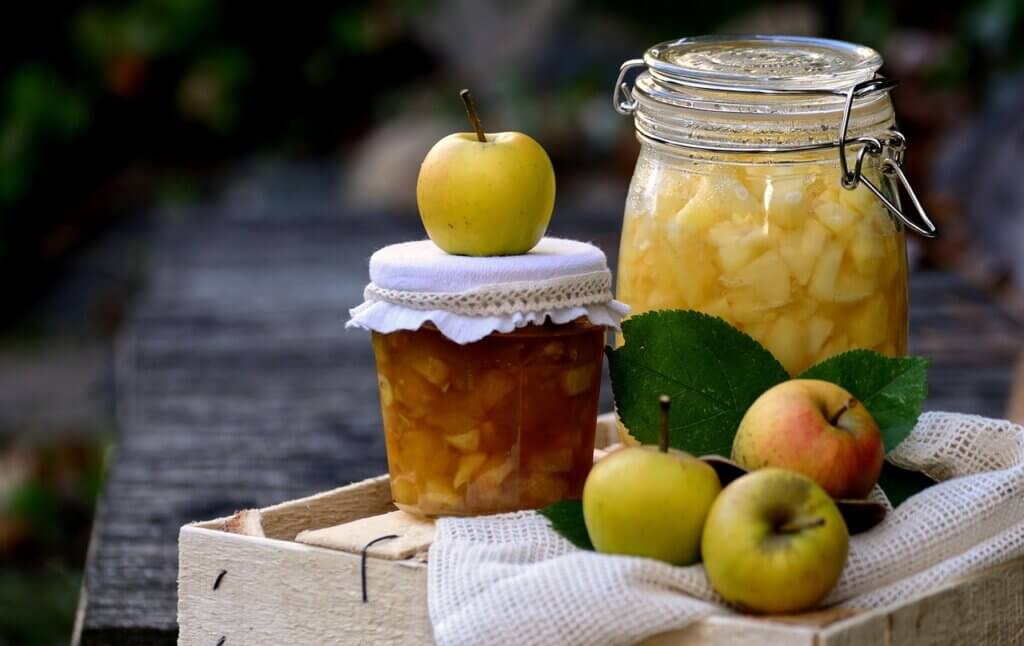
Ingredients for approx. 5 glasses (200 ml each):
- 1 kg tart apples (e.g. Boskoop, Elstar)
- 2 onions
- 150 g brown sugar
- 250 ml apple cider vinegar
- 100 g raisins
- 1 teaspoon mustard seeds
- 1 tsp curry powder
- 1 teaspoon salt
- ½ tsp ground ginger
Preparation:
Peel, core and dice the apples. Finely chop the onions. Caramelize the sugar and deglaze with apple cider vinegar. Add onions, apples, raisins and spices. Reduce for 45-50 minutes until thick, do not forget to stir. Pour hot into sterile jars, seal and boil at 90 °C for 20 minutes.
Preserving is more than just a preservation method. It is a culinary ritual that combines sustainability, enjoyment and appreciation of seasonal food. Those who take advantage of the season can enjoy flavors reminiscent of warm sunny days in winter – and do something good for the environment and health at the same time.
Related posts:


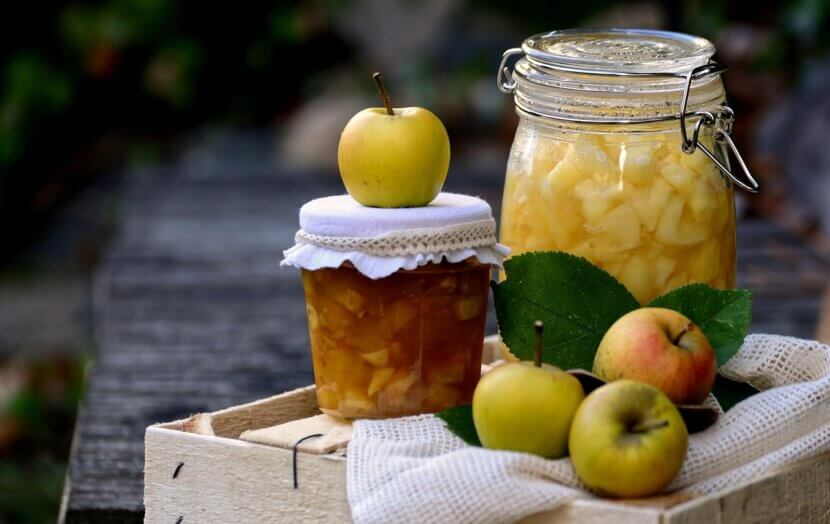
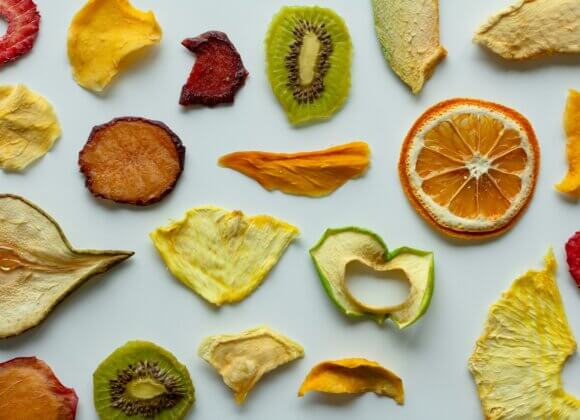
![Home cooking reloaded incl. competition Christoph_Krauli_Held©Monika_Loeff_19285[1]](https://myhome.at/wp-content/uploads/2025/09/Christoph_Krauli_Held©Monika_Loeff_192851-580x420.jpg)

